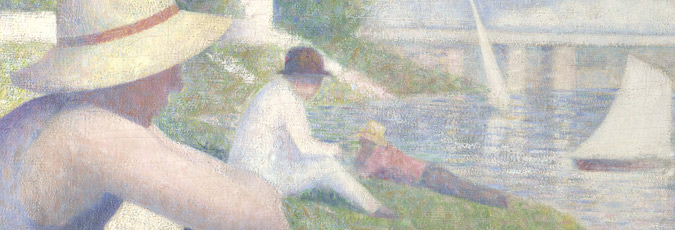What happens when?
Returning to the Cuyp painting 'River Landscape with Horseman and Peasants', your class could discuss when the event takes place. It could open up more possibilities to add to the emerging story ideas.
First, puzzle out what might have happened before the moment in the picture and, second, what might happen after the horseman rides on down the road.
Is the image of the horseman at the beginning of the journey, travelling to meet the person who sent the letter? Is he riding out towards the place where he hopes to find the ointment? Is he arriving home after his adventure with a story to tell about his adventure? The decision made in relation to this will have an impact on what is happening between the boy and the horseman in the painting.
Plot twists
The best stories have unexpected events. Twists and turns of plot that take the reader or listener by surprise, along with trouble, are always the engine of narrative.
Raising questions to spark ideas can help writers create a plot they might not otherwise have considered:
- The work so far has created a sense of the horseman as hero, but is he who he says he is?
- Was the letter addressed to him or might he have received it by accident? Or by theft?
- As for the duke referred to in the letter, is his sight really failing him or might he have another reason for wanting to get hold of the ointment?
- Can the duke be trusted?
- How long has it taken the horseman to get the ointment? Has he been away for days? Weeks? Months? Years?
- Does the ointment really exist? If it does, what difficulties might there be in getting hold of it?
- What dangers are there to be faced? What's the biggest risk he has to take? Has he the courage to face it?
- Can you be kind to the wrong person?
Out of the talk surrounding these questions – which can be a whole class discussion or in pairs or small groups – the ideas for possible stories arise.
Next: Devise the structure

